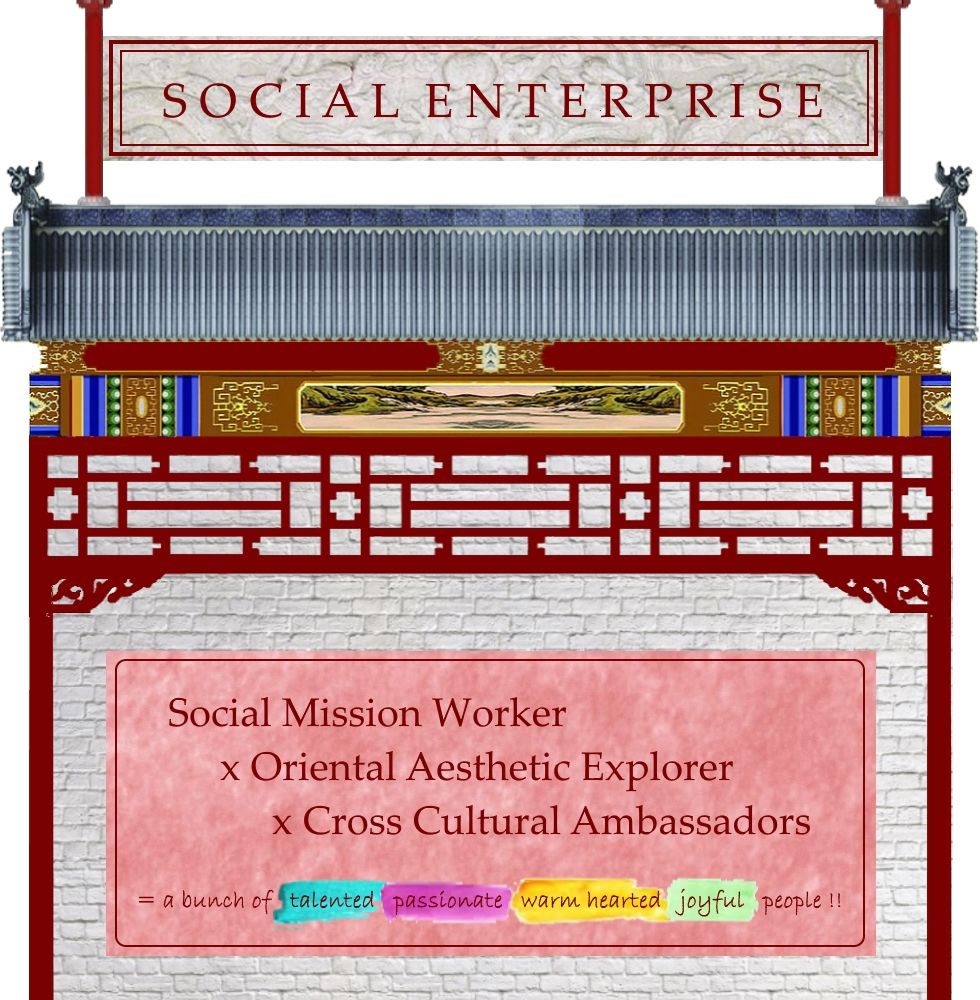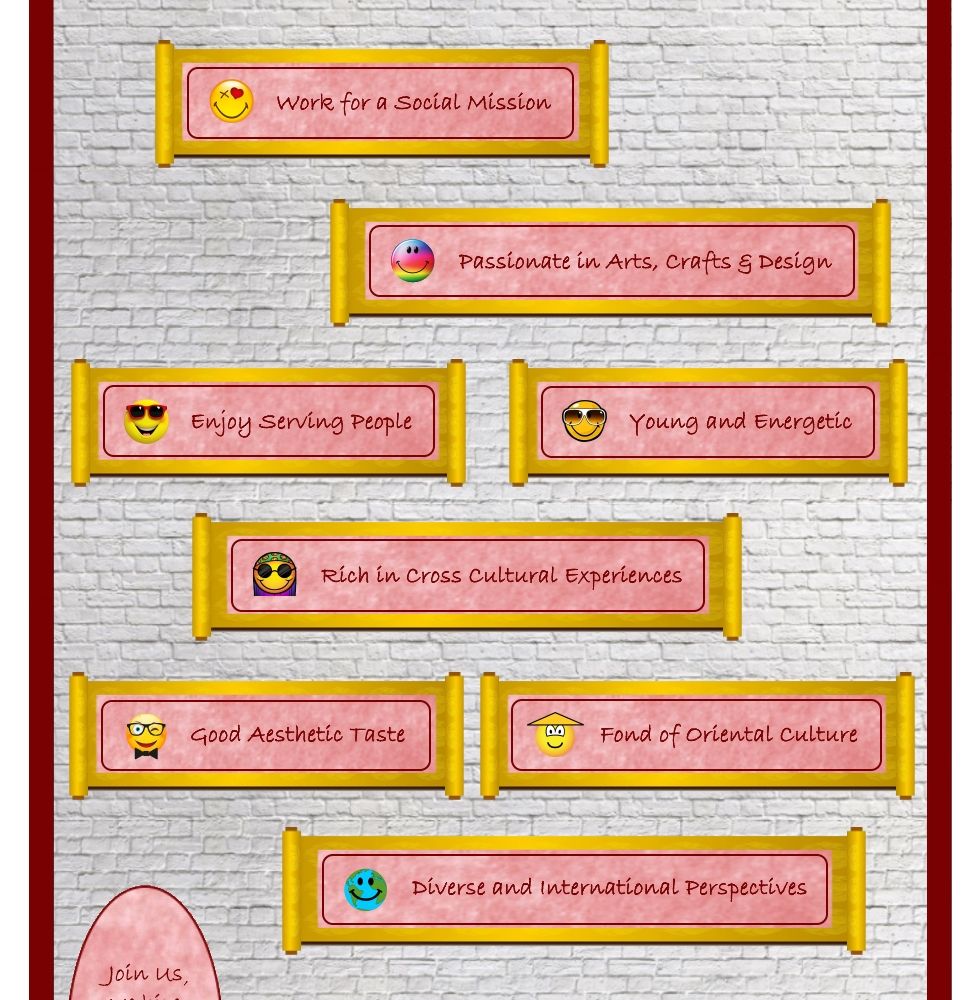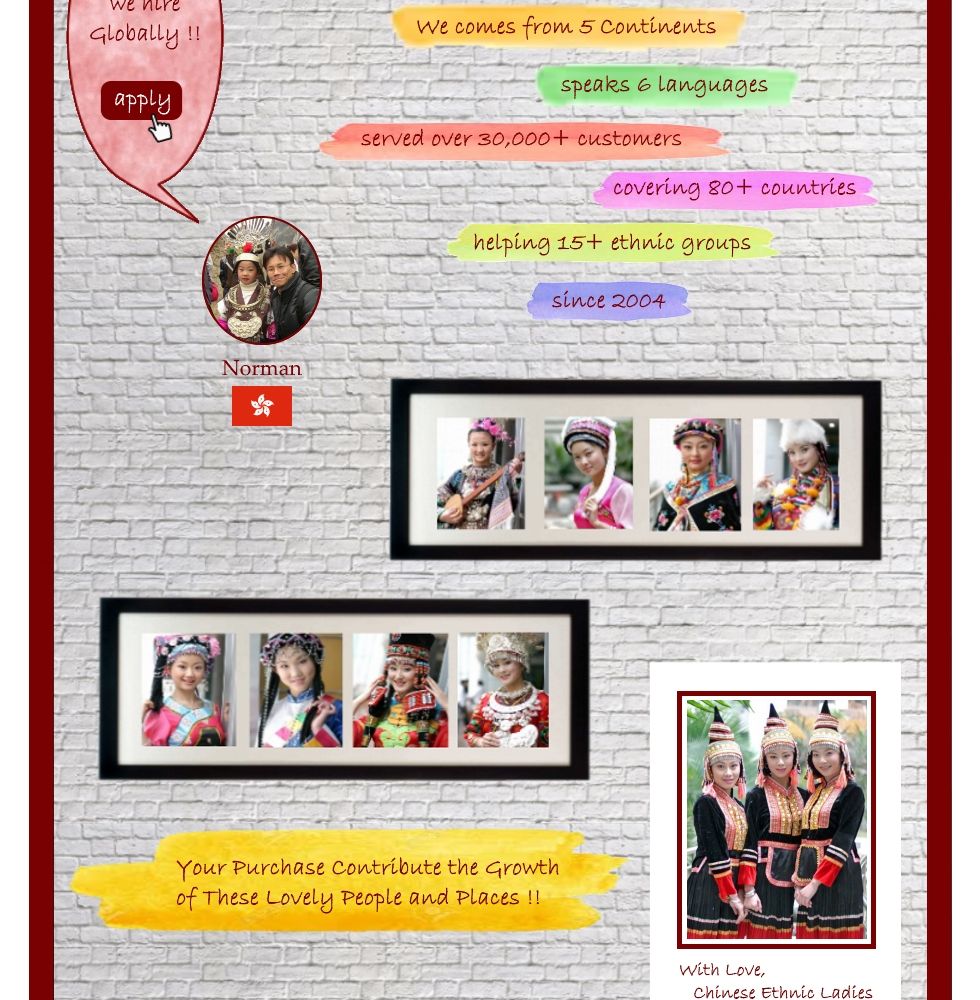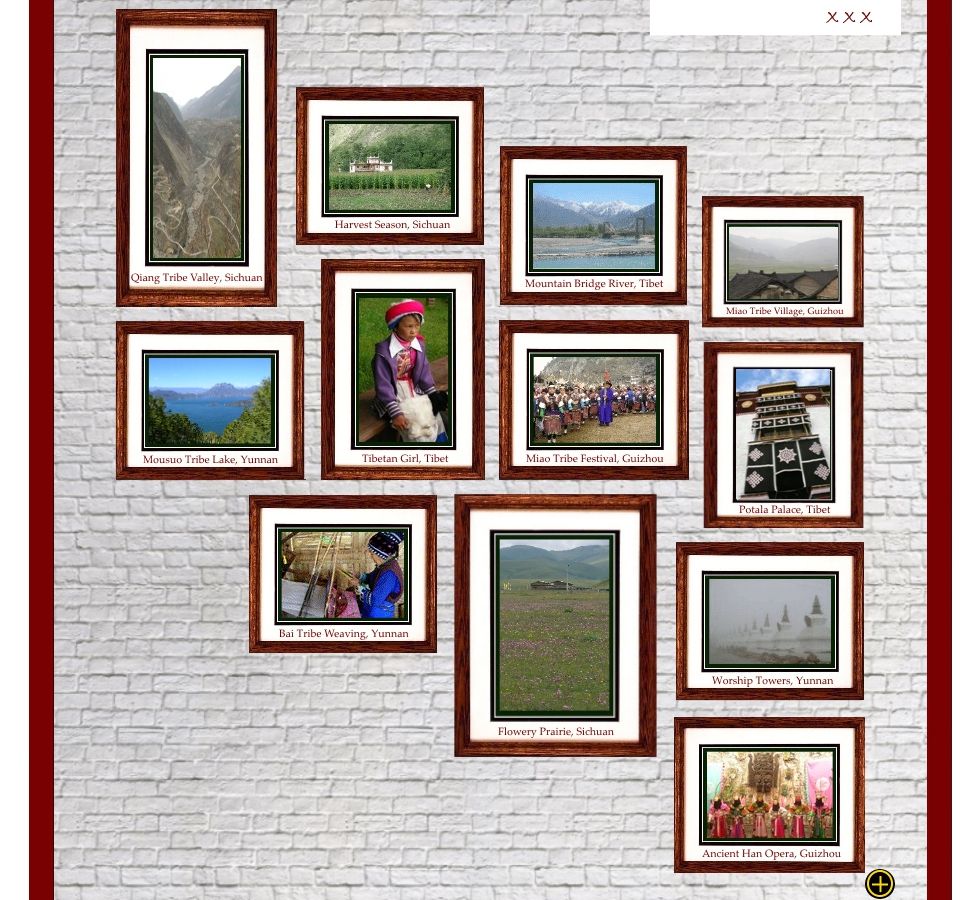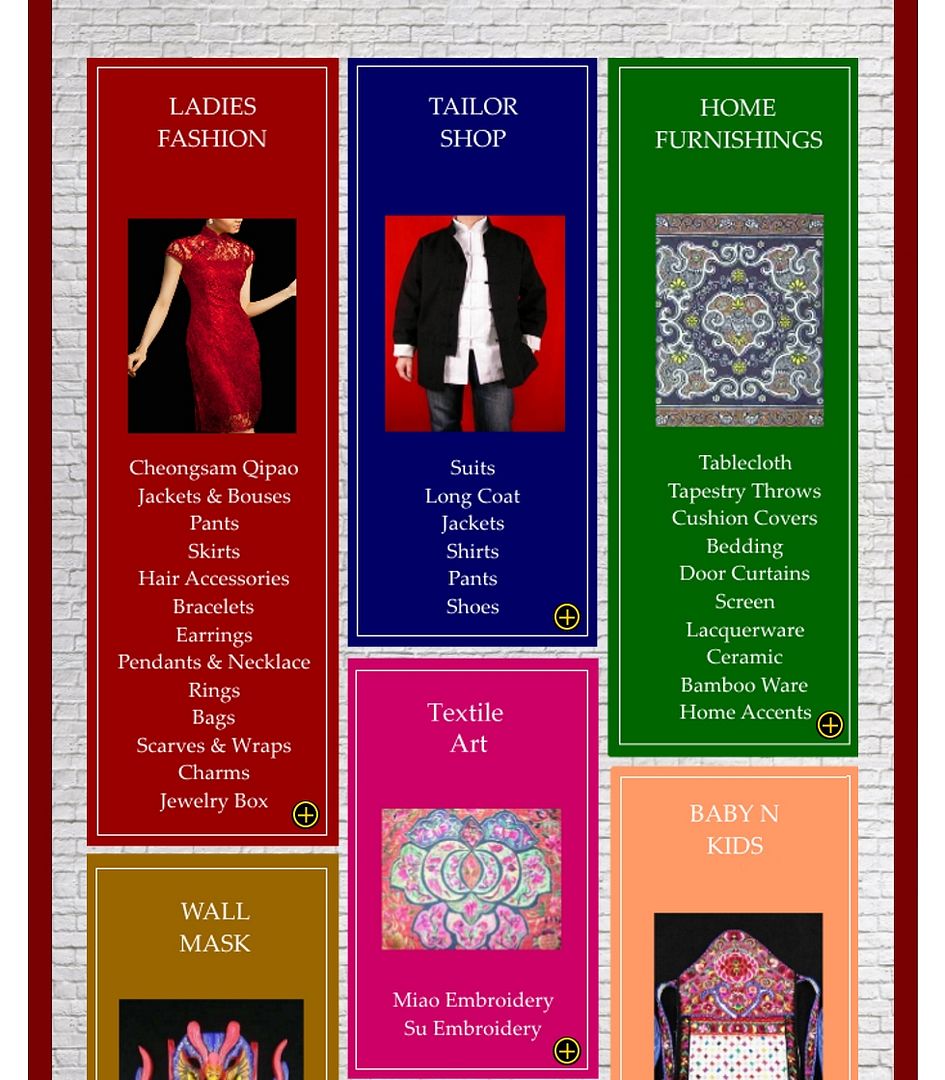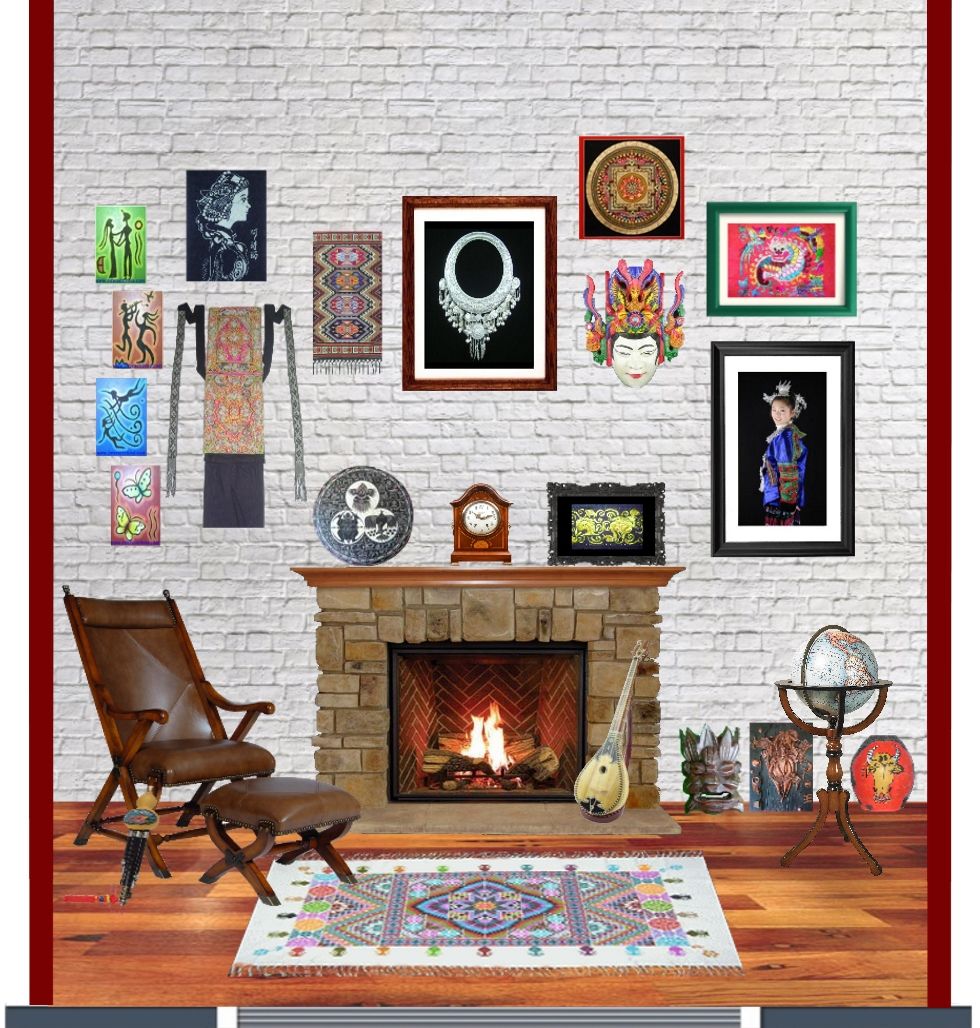Architectures of the Bai Ethnic
8th Jun 2017
A unique building style with minority features has been mastered by generations of artisans of the Bai ethnics who have absorbed abundant building art of the Central Plains over tens of hundreds of years.
Religious Architecture
The superb architectural skill of the Bai people is represented by the three pagodas at the Chongsheng Temple in Dali. Built during the Tang Dynasty(June 18, 618–June 4, 907), the 16-storey main tower is 60 meters high and still stands erect after more than 1,000 years. It bears a resemblance to the Dayan Pagoda (Wild Goose) in Xi’an, an ancient Chinese capital city in today’s Shaanxi Province.

Figurines in the Shibaoshan Grottoes in Jianchuan County are lifelike, possessing both the common features of figure creation in China and the unique features of the Bai artists. The architectural group in the Jizushan Temple, with bow-shaped crossbeams, bracket-inserted columns, and gargoyles representing people, flowers and birds created with the open carving method, shows the excellent workmanship of the Bai people. The Bais also have high attainments in lacquer ware.
Folk house
Nowadays, reflection-inducing cultural features of the Bai ethnics can still be perceived in the folk house.
The folk house of the Bai ethnics is the folk architecture of the Bai people. It is often seen in the areas where the Bai ethnics are living, such as Dali, Eryuan, Jianchuan, and Heqing in Yunnan Province.

The folk house of the Bai ethnics is mainly a two-storey building, with its plane layout usually being Three Rooms and One Screen Wall. It’s a courtyard composed of three houses with three rooms and a screen wall facing the gate with bounding wall.


The houses are built in a structure of brick and wood, in the middle of which there is the principal room with side rooms on both sides. Facing the principal room there is a screen wall. The gate of the yard is opened on the side of the screen wall, which, together with an arch over the gateway, is built with brick and stone. White wall and black tile look dazzling. And the rich and solid designs made of clay sculpture, woodcarving, colored drawing, stone inscription, marble screen and dark brick look exquisite and elegant.

Serving as an integral part of the folk house of the Bai ethnics is the screen wall, the upper edge of which is fitted with upswept eaves built of blue tiles or colored glaze tiles, and the middle part of which is embedded with marble screen or written with auspicious expressions, with the surroundings being colored drawing patterns of various types.
by Xiao Xiao @ InteractChina.com
About Interact China
-----------------------------------------------------------------------------------------------------------------------------
"A Social Enterprise in E-commerce Promoting Oriental Aesthetic Worldwide"
Aileen & Norman co-founded Interact China in 2004 with specialization in fine Oriental Aesthetic products handmade by ethnic minorities & Han Chinese. Having direct partnerships with artisans, designers, craft masters and tailors, along with 10 years solid experience in e-commerce via InteractChina.com, we position well to bridge talented artisans in the East with the rest of the world, and bring you direct finely selected products that are of good quality and aesthetic taste.
So far we carry 3000+ goods covering Ladies Fashion, Kungfu Clothing, Home Furnishings, Babies & Kids, Painting Arts, Textile Arts, Carving Arts, Tribal Jewelry Art, Wall Masks and Musical Instruments. Our team speak English, French, German, Spanish and Italian, and serve customers worldwide with passion and hearts.
-----------------------------------------------------------------------------------------------------------------------------
P.S. We Need People with Similar Passion to Join Our Blogging Team!
If you have passion to write about Oriental Aesthetic in Fashion, Home Decor, Art & Crafts, Culture, Music, Books, and Charity, please contact us at bloggers@interactchina.com, we would love to hear from you!











